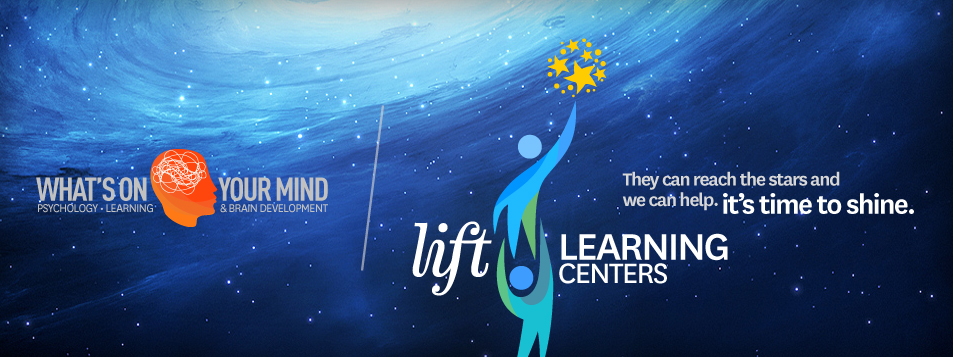Research Behind Brain Training
Up until about the turn of the millennium, the neuro-scientific belief, was that past a certain point in our lives, our brain did not change, we had what we had, and that was it. In fact, any change would be that it shrank as neurons died. But that view has been overturned by recent evidence that our brains are constantly trying out new connections. Each neuron has branches which are connecting with other neurons based on what we are learning in the moment. Those connections can be kept, and form what is called a cognitive reserve, which can reroute signals around trouble spots in a brain with cognitive deficits such as those associated with learning disabilities or even head trauma. Recent pioneering experiments in neuroplasticity, a science that investigates how the brain can undergo change, reveal that the brain is capable not only of altering its structure but also of generating new neurons. Through targeted brain exercises, an individual can strengthen, improve and increase cognitive functioning in the areas of speed, attention and concentration, language, memory, and problem solving, just to name a few. Best of all, this research has opened up an exciting world of possibilities. These studies show that by using proper training methods, one can target, modify, and develop the brain to improve deficiencies, and the fastest, most efficient way to do this is through cognitive training exercises that specifically and directly target deficient skills.
The articles below are provided to further your knowledge of brain development and its relation to learning.
- Statistical Analyses of the Cognitive Changes in Students due to the LIFT Brain Training Program 05-2014
- Sustained Favorable Effects of Cognitive Training in Children with Acquired Brain Injuries
- Changes in Cortical Activity After Training of Working Memory – A Single Subject Analysis
- Adaptive Training Leads to Sustained Enhancement of Poor Working Memory in Children
- Dysfunctional Neural Network of Spatial Working Memory Contributes to Developmental Dyscalculia (Math Disorder)
- Aberrant Functional Activation in School Age Children At-Risk for Mathematical Disability: A Functional Imaging Study of Simple Arithmetic Skill
- The Cognitive and Behavioral Characteristics of Children with Low Working Memory
- Memory Functioning in Children with Reading Disabilities and/or Attention-Deficit/Hyperactivity Disorder: A Clincial Investigation of Their Working Memory and Long-Term Memory Functioning
- The Contribution of Executive Skills to Reading Comprehension
- The Influence of Working Memory on Reading Growth in Subgroups of Children with Reading Disabilities











